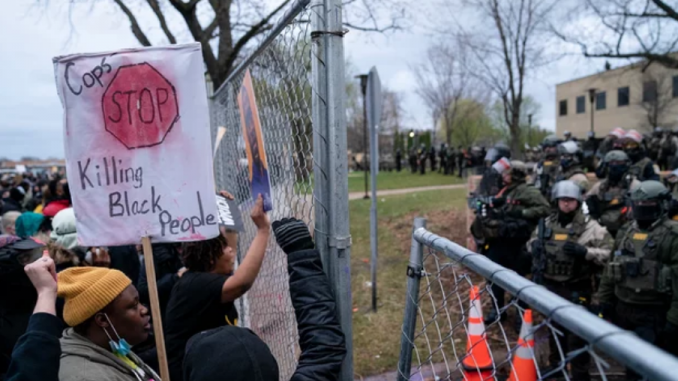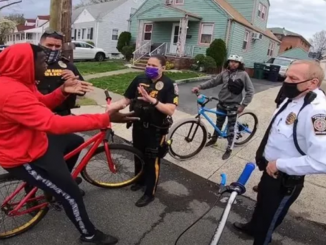
The riots that have erupted after the killing of Daunte Wright reinforce a familiar pattern. This response is rooted not only in tragedy, but in a distorted perception of reality.
Chelsea Handler, for example, suggested that people of color have a “50-50” chance of being shot by police.
This is a complete distortion, but fits a broader pattern. My latest report for the Manhattan Institute, based on multiple surveys, shows that being exposed to news and social media, having left-wing views on race, and being anxious or depressed explains a great deal of how much racism a person perceives.
And when someone says racism in America has risen, this perception is almost entirely a figment of their imagination. In fact, racist attitudes and behaviors have been declining for decades.
Progressives are deeply invested in the critical race theory narrative that America is a racist society that seeks to victimize people of color, especially black Americans. They believe this consciousness will lead us toward racial justice. But while the concrete benefits of this radical narrative are difficult to prove, the costs — in the form of lost black lives and prosperity — are painfully measurable.

Moreover, my report shows that exposing black survey respondents to a concentrated dose of critical race-inspired writing reduces their belief that they have control of their lives. This affects their trust, health, economic achievement and other aspects of well-being.

Young black men are around 10 times more likely to die in a car accident than from a police bullet. Yet when I asked people which was the more common cause of death for young black males, 81 percent of black Biden voters in my survey, and 70 percent of whites who agreed that “white Republicans are racist” said police shootings claimed more young black men’s lives. This was the case even though people who didn’t know the right answer could have selected a “neither” option. By contrast, only 15 percent of white Trump voters believed this fallacy.
Psychologists tell us that we are often motivated by subconscious emotions, telling ourselves a story that makes sense of our feelings. We reach for vivid images that are easily recalled and reinforce our emotion-laden stories, rather than paying attention to what the data say. When it comes to racism, ideology, media exposure and peer influences skew our picture of reality.
The media serves up the stories and images we become attached to, shaping what we believe. Since 2014, major American newspapers like The New York Times and Washington Post, as well as progressive online news sites like BuzzFeed, have greatly increased their focus on racism, sexism and other aspects of identity politics. This has produced what Matthew Yglesias terms “The Great Awokening,” a major leftward attitude shift among liberal, especially white liberal, Americans.

One result of this is that the share of Americans saying race relations are good, which was stable at around 70 percent from 2002 to 2014, has plummeted to 40-50 percent since. The gap between Democrats and Republicans on how big a problem racism is, which was around 10 points between 1995 and 2014, stands at over 50 points, entirely because of the rise in the share of Democrats saying racism is a big problem.
In surveys, black people on social media report experiencing significantly more racism than those not on it. When asked whether people “acted suspicious of you” or “acted like you weren’t smart,” over 50 percent of blacks on social media said they had experienced this racism compared with barely 30 percent of those not on social media. This effect remained powerful even after controlling for age, income, ideology and education.

Most African Americans in my surveys felt political correctness was demeaning rather than necessary, and preferred a future where they had become so confident that racial insults did not offend them over one where the price for racist remarks was so high that none took place. Most white liberals backed the opposing view.
Blacks prefer resilience and agency over protection and dependency, but when they hear radical narratives based on critical race theory, this damages their belief in themselves. Just 68 percent of black respondents who read a short passage from radical writer Ta-Nehisi Coates, starting with “In America, it is traditional to destroy the black body — it is heritage,” said they could make their plans work out compared with 83 percent of blacks who did not read that paragraph.

Whites who are killed by police rarely make the news. Even when these stories are reported, they don’t resonate with the core plotlines that most people live by. The media’s post-2014 tendency to flag images of racism, however, resonates with myths and symbols that run deep in the liberal American psyche. When tragic events like the killing of Daunte Wright or George Floyd take place, this triggers a wave of emotion, powering a politics of unreason that is doing more harm than good.
*story by The New York Post


